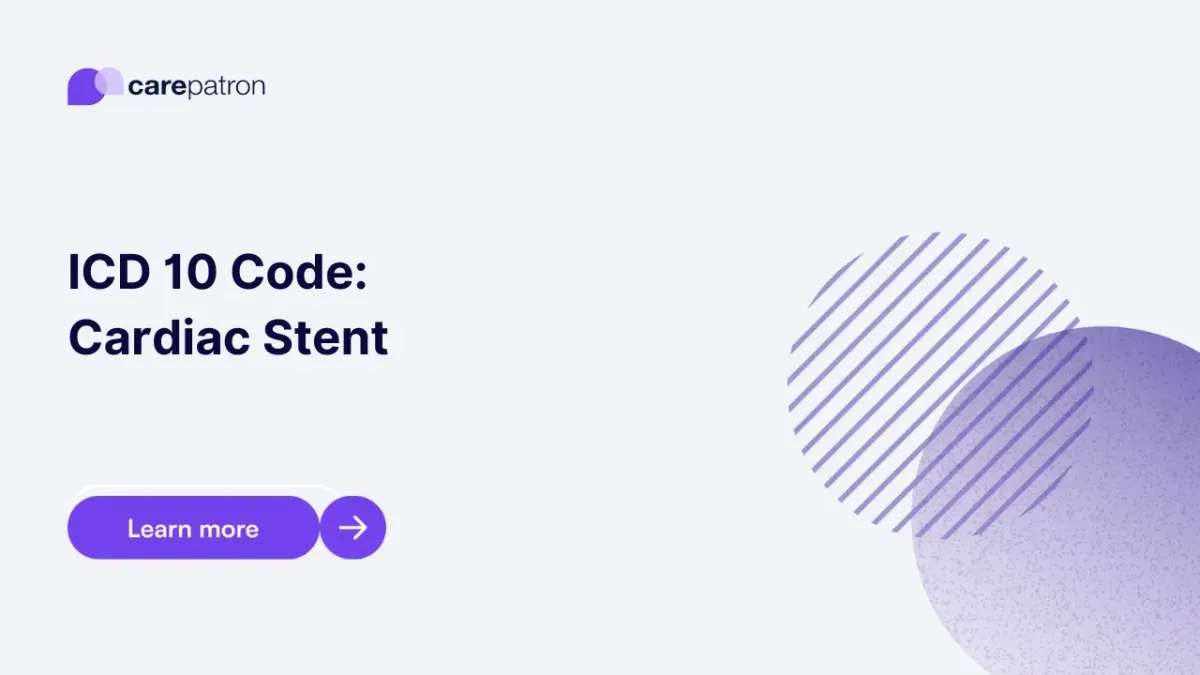
Cardiac Stent ICD-10-CM Codes
Read this short guide to learn about Cardiac Stent ICD codes you can use!
Use Code
Commonly asked questions
Cardiac stents provide support to an artery’s walls. It can also prevent the heart muscle from getting damaged and help improve the symptoms of heart problems, like relieving chest pain and improving breathing.
The insertion of cardiac stents has the following risks: bleeding, thrombosis, damage to blood vessels, damage to the heart, and the formation of scar tissue. It can even lead to irregular heartbeats.
No. It just helps deal with the symptoms. Following the insertion of cardiac stents, patients must make the appropriate lifestyle changes to keep their hearts healthy. They must exercise regularly, eat healthy meals with little or no cholesterol, and avoid vices like smoking or drinking.
EHR and practice management software
Get started for free
*No credit card required
Free
$0/usd
Unlimited clients
Telehealth
1GB of storage
Client portal text
Automated billing and online payments
